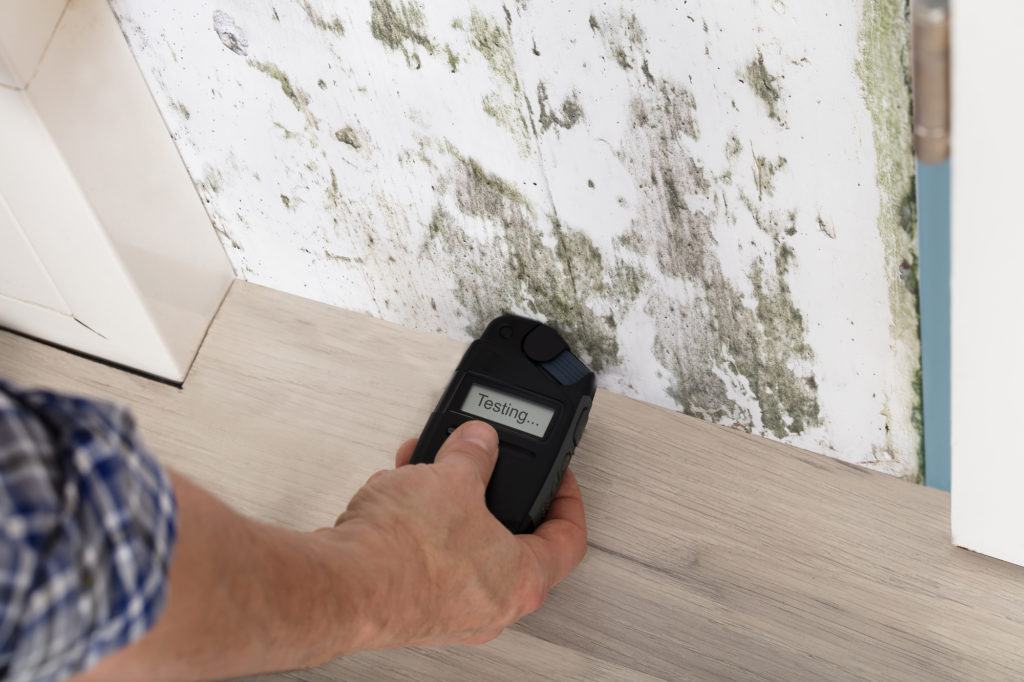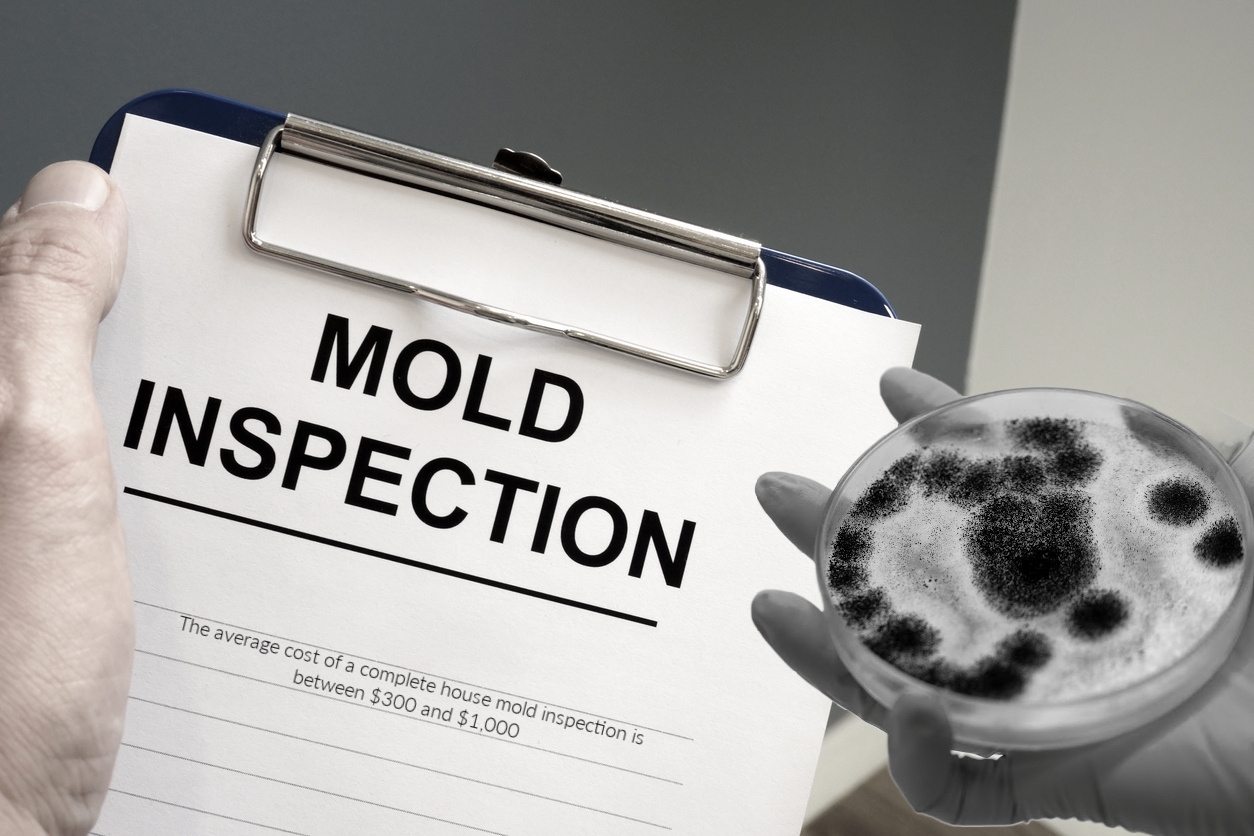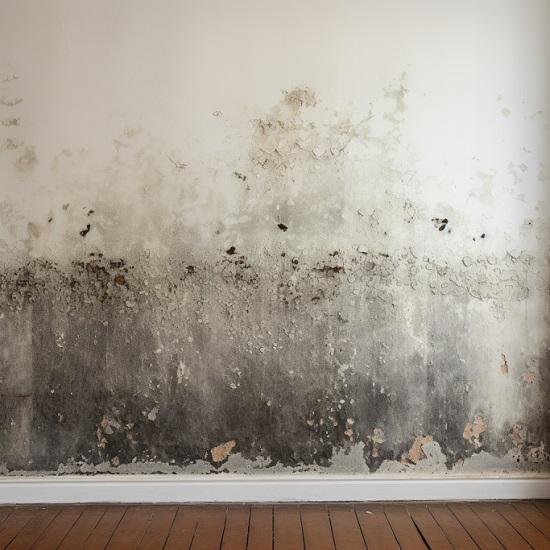Making Certain Post Remediation Verification Accuracy
Making Certain Post Remediation Verification Accuracy
Blog Article
Your Ultimate Overview to Message Mold Removal Strategies
In the aftermath of mold invasion, recognizing how to properly eliminate the mold and mildew and stop its reoccurrence is critical for keeping a healthy indoor atmosphere. From picking the best cleansing and disinfecting techniques to applying strategies for long-lasting mold and mildew avoidance, each action in the remediation journey plays a critical role in making sure an effective end result.
Understanding Post-Mold Remediation Process
After completing the mold removal procedure, it is crucial to understand the post-mold remediation strategies that are essential to ensure a comprehensive and effective cleaning. As soon as the mold and mildew has been eliminated, the next action entails cleansing and sanitizing the affected locations to protect against any kind of regrowth of mold and mildew. This includes using specialized cleaning up agents to wipe down surface areas and eliminate any type of remaining mold and mildew spores. It is necessary to dry out the area entirely to discourage the development of mold and mildew in the future (testing air quality after mold remediation). Appropriate air flow and dehumidification can aid in this procedure.
Additionally, carrying out a last examination post-remediation is important to ensure that all mold has been successfully gotten rid of. This inspection should include a thorough visual check along with perhaps air tasting to confirm the absence of mold spores in the air. If the assessment discloses any type of sticking around mold and mildew, additional removal might be necessary. Informing residents on precautionary actions such as managing moisture degrees and promptly dealing with any type of water leaks can assist preserve a mold-free atmosphere.
Efficient Cleansing and Decontaminating Approaches

Preventing Future Mold Development

Importance of Appropriate Ventilation
Correct ventilation plays a crucial duty in stopping moisture build-up, an essential variable in mold development within indoor settings. Effective air flow systems assist get rid of excess humidity from the air, lowering the chances of mold and mildew spores finding the wetness they need to spread and sprout. Without adequate ventilation, interior spaces can end up being a breeding ground for mold, bring about potential wellness risks and structural damages.
By ensuring appropriate air blood circulation, ventilation systems can likewise aid in drying damp areas more swiftly after water damages or flooding incidents, additionally hindering mold growth. After mold remediation. Precede like restrooms, basements, attics, and kitchen areas where dampness degrees often tend to be greater, mounting and keeping reliable air flow systems is important in stopping mold infestations

Tracking and Maintenance Tips
Given the important function that proper air flow plays in avoiding mold and mildew growth, it is vital to establish efficient monitoring and upkeep suggestions to make certain the continued functionality of ventilation systems. Regular assessments of ventilation systems must be conducted to examine for any indicators of blockages, leakages, or malfunctions that might restrain appropriate air movement. Monitoring moisture levels within the residential property is also vital, as high humidity can contribute to mold and mildew growth. Setting up a hygrometer can aid track humidity levels and sharp home owners to any type of spikes that might require interest. In addition, ensuring that air filters are on a regular basis cleaned or replaced is necessary for keeping the efficiency of the air flow system. Implementing a timetable for regular maintenance tasks, such as duct cleansing and heating and cooling system examinations, can help avoid problems prior to they rise. By staying conscientious and proactive to the condition of websites ventilation systems, property owners can efficiently alleviate the danger of mold and mildew regrowth and keep a healthy and balanced interior setting.
Final Thought
Finally, post-mold removal strategies are vital for guaranteeing a clean and secure environment. Recognizing the process, implementing reliable cleaning and disinfecting approaches, avoiding future mold development, maintaining correct ventilation, and regular monitoring are all important actions in the remediation procedure. By complying with these standards, you can efficiently remove mold and prevent its return, functioning or advertising web link a healthy living room for all residents.
In the aftermath of mold and mildew infestation, recognizing how to properly eliminate the mold and mildew and prevent its reoccurrence is extremely important for preserving a healthy and balanced indoor atmosphere. Once the mold has actually been removed, the following action involves cleansing and disinfecting the impacted locations to prevent any type of regrowth of mold and mildew - After mold remediation. After eliminating noticeable mold and mildew development, it is important to cleanse all surface areas in the affected area to get rid of any type of continuing to be mold and mildew spores. To even more read what he said improve mold and mildew avoidance actions, it is important to deal with underlying problems that originally led to mold and mildew growth.Given the crucial function that appropriate air flow plays in protecting against mold and mildew development, it is important to establish efficient tracking and upkeep ideas to make certain the ongoing capability of air flow systems
Report this page